Gardening is a unique kind of art that never fails to entice nature lovers and not only with its beauty and unique approaches. It’s true that gardens are being created by the designers, architects and gardeners, but the main supporter of the art still remains the Mother Nature. It has the power over the changes of seasons and none of the garden designers can deny that the beauty of a garden also depends by the season. Gardens are definitely on top of the list of the most preferred tourist attractions that besides offering breathtaking natural beauty, they are also where many activities and shows are organized to keep visitors in high mood.
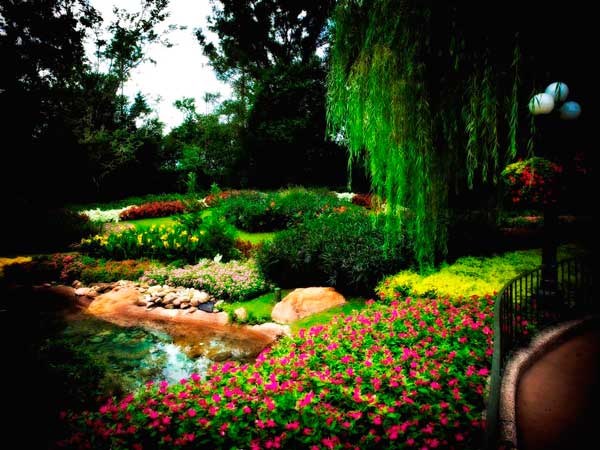
Read on to get acquainted with the most beautiful gardens in the world.
Gardens of Versailles, France
Perhaps this is the most famous garden in the world. King Louis XIII, a passionate lover of hunting had a modest hunting lodge in a small village 24 km from Paris. His son also passed on this hobby. But, dissatisfied with its palaces in the Louvre and the Tuileries, Louis XIV conceived to rebuild a magnificent palace in Versailles, so that it could accommodate his entire yard, and to surround it with a luxurious garden.
Already at the end of 1660 a huge palace and park appeared here. The construction of the Sun King of France cost the treasury large sums. The main building was finished only in 1700, but the construction continued throughout the 18th century.
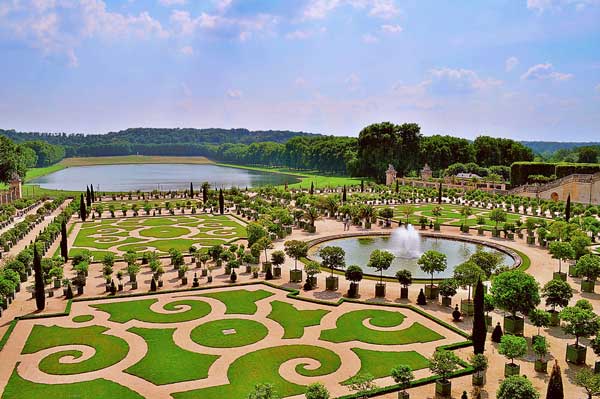
The park was located on low-lying swampy place, so virtually the entire landscape of the park, with its swings, ponds, planting, has been recreated.
The Gardens of Versailles, which occupies an area of 101 hectares, with its sculptures, fountains, grottoes has always been the main location for the festivities and entertainment of the Parisian elite. Here you can listen to Lully opera, watch the plays of Racine and Moliere or simply spend a fine day out you’ll never forget.
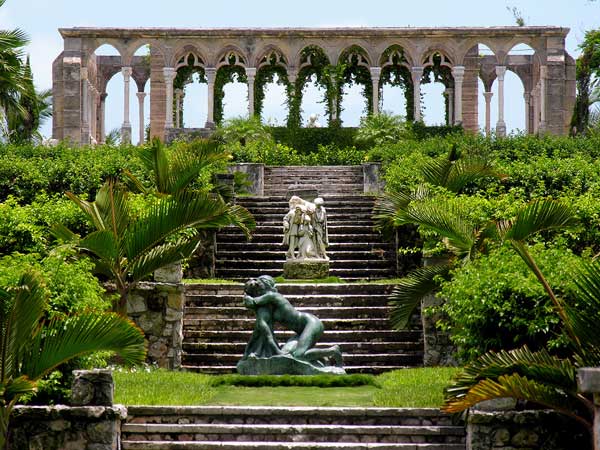
Garden of Cosmic Speculation, Southern Scotland
Created by famous architect, architectural critic and architectural theorist, postmodernist Charles Jencks the truly amazing Garden of Cosmic Speculation, Space Garden is surely one of the must-see attractions in Southern Scotland. It inspires poets and artists with its contemplation of scenery, makes people love each other and witness a fusion of natural and man-made beauty that will make you smile, be kind and appreciating.
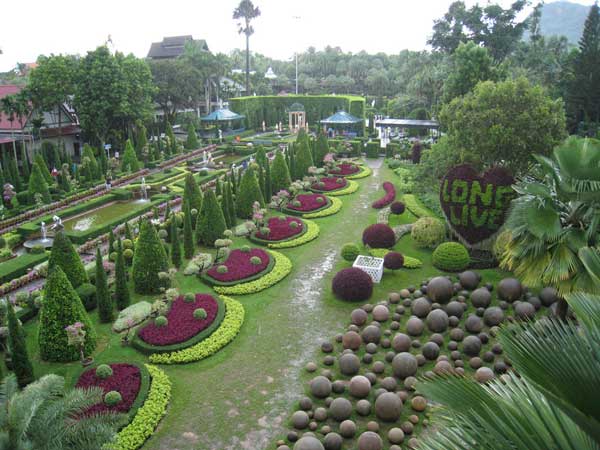
When constructing the garden, Jencks was highly inspired by his wife, also a scientist, a designer, who in 1988 inherited a piece of land in Scotland from her mother. The couple decided to show the beauty of the universe through the garden forms, from the global forms to the microcosm and build a garden-universe in miniature, which will be like a piece of paradise on earth. Unfortunately, in 1995, Maggie, wife of Jencks, died, but her husband didn’t stop the construction.
An important fact about the garden is that in the middle it takes the form of the spiral, because both the DNA has a spiral structure, the hurricane, and it’s the shape of our galaxy. In this garden you can find everything starting with aluminum, pyramids, snakes, dragons, equations, atoms ending up with black holes, fractals. Those are mainly representing the lines between symmetry and disorder. This garden is a book and each page makes it to feel new emotions. This is a private garden, but it is open to the public. Those who cannot get there, it is worth at least to see the book by Charles Jencks on this garden and its theory.
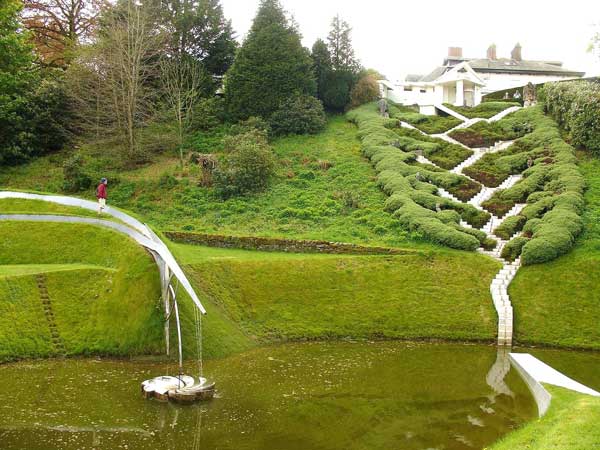
Boboli Gardens, Florence
One of the most interesting Florentine palaces is Palazzo Pitti. It has only three floors, each of them over 10 meters high and made of rough material delivered on the dais. It simply looks very impressive. The name of Boboli, is likely to have come from the names of the landowners Borgoli or Borgolini. But it’s just a guess.
The century-old building was gained in 1549 by the Duke Cosimo I de ‘Medici, who married Eleanor Toledo. He widened and reconstructed the palace, and created a courtyard, which is deservedly regarded as one of the finest Renaissance yards. All of this splendor is surrounded by the gardens of Boboli, which are outside the Palazzo. It is believed that the Gardens are a sample of landscape art since the High Renaissance.
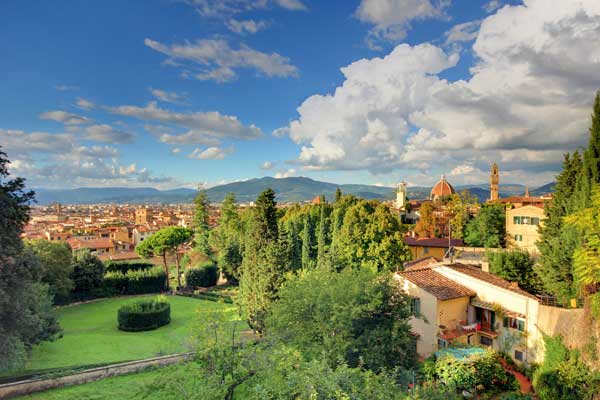
Direct promenade leading to the intimate grottos, and the trees standing in harmony with lawns, are surrounded with statues and fountains. Patio, overlooking the park, is completed with fountain artichokes, sun terrace and amphitheater in the shape of a horseshoe.
It is here that all the festivals and ceremonies of the Medici court took place. One of the most stunning pages of the history for the garden was the presentation of the honorable wedding of Ferdinando I and Christina Loranskaya in 1589.
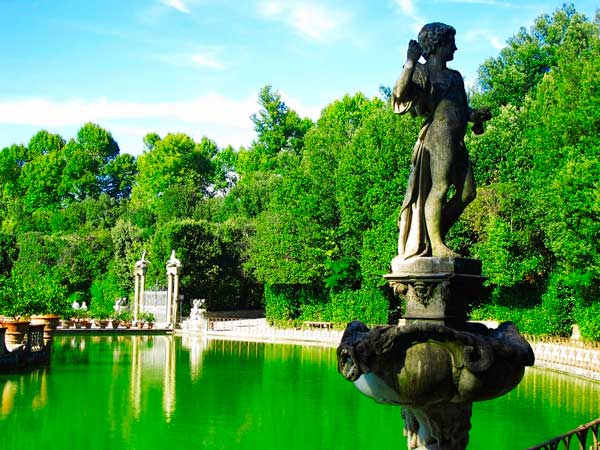
Rikugien Gardens, Tokyo, Japan
The word “Rikugien” literally means “garden of six poems.” This is perhaps the most beautiful garden of Tokyo, which can serve as a model for the Japanese style of garden design.
In 1695, the fifth shogun gave this land to his loyal samurai who created lakes and Miniature Mountains. This garden has been here for more than three hundred years. And today it is on the same spot, surrounded by tall houses – an oasis of tranquility.
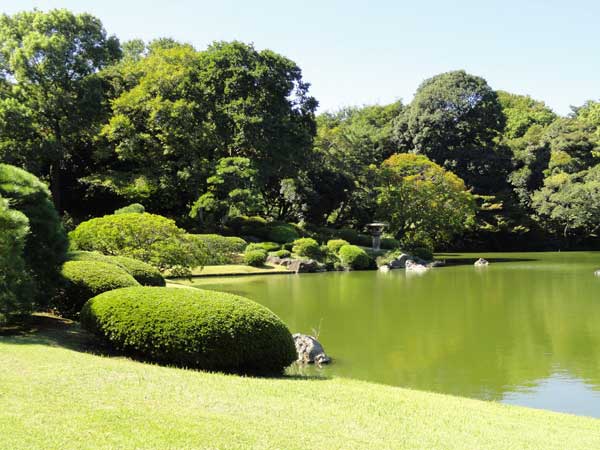
The Rikugien Gardens include a central pond, islands, forests, artificial hills and a few small houses. Here you can see the twisted trunks of pine trees, grasses, and arched bridges. Lagoon is filled with carp and small turtles. The park has many birds.
The park has over 6000 trees, among them the famous weeping cherry. At night the park is illuminated and looks quite elegant.
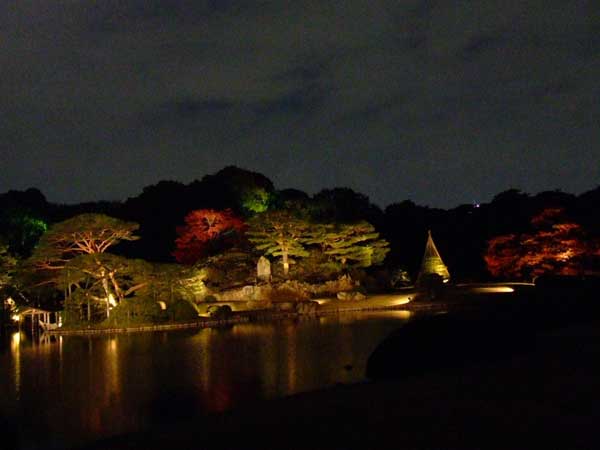
In the past, the park was private, but the heir of the founder of the Mitsubishi Hisaya, a well-known philanthropist in the first half of last century, donated the Tokyo Rikugien and another garden – Kiyosumi-Teien to the city administration.
Garden of Claude Monet in Giverny, France
When Claude Monet and his family settled in Giverny in 1883, this land was planted with fruit trees and enclosed by high stone walls. The central valley was outlined by pine trees, dividing the garden into two parts. Monet ordered to cut all the pine trees, but left two yew trees around the house to please his wife, Alice.
From this typical manor area of about one hectare Monet made a garden full of beautiful perspectives, symmetries and variations. The whole garden is divided into flowerbeds where flower bushes at the expense of different heights create volume. Claude Monet disliked the idea of planning the gardens. He planted the flowers in accordance with their shades and left them to grow freely. He was very impressed by his garden and even admitted that all of his money went into the creation of the garden.
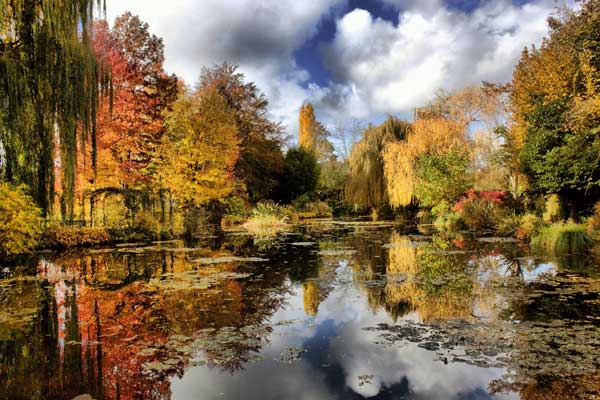
Ten years later, he bought another area next door with his territory, on the other side of the railway. There was a small stream flowing in the territory, which Monet turned into a small pond. It is here that the famous Japanese bridge entwined with wisteria and a few small bridges, weeping willows, bamboo and the famous water lilies. The pond together with the surroundings of the garden forms a single landscape, strikingly different from the outside, the rural world.
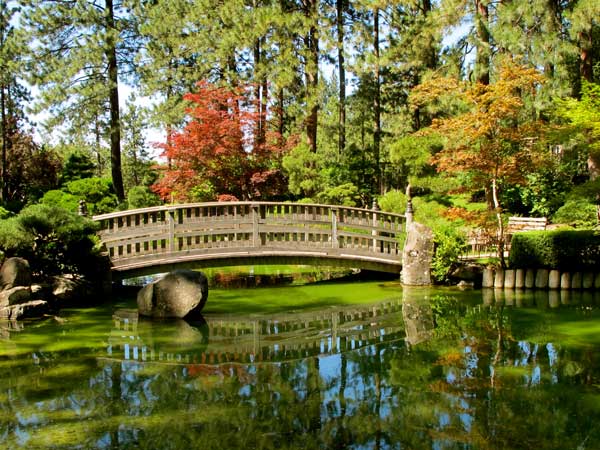
Monet devoted 20 years of his life to this garden. The garden and the house were inherited by Monet’s son Michelle, but he was not engaged in gardening. Monet’s stepdaughter took care of the garden. After the Second World War the garden was in decline, and Michelle gave it to the Academy of Fine Arts. Garden was restored, but it looks slightly different now.
Well worth a visit are also Keukenhof – Holland’s Most Beautiful Flower Garden, Het Loo, Netherlands, Katsura Imperial Villa, Japan and Las Pozas in Mexico.

